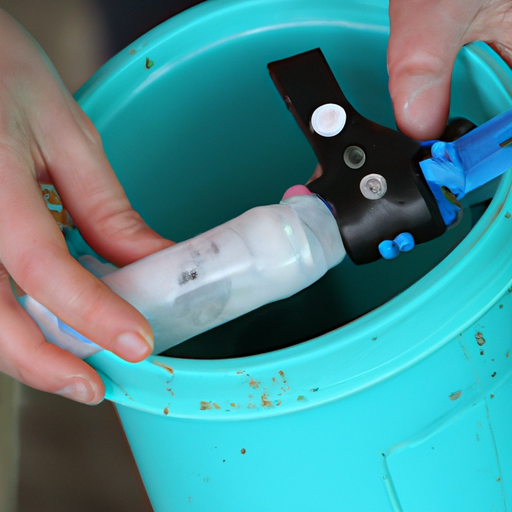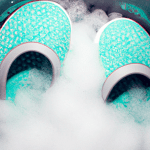How to Make a Chicken Waterer: A Step-by-Step Guide
Are you a proud chicken owner looking for an efficient and cost-effective way to provide water to your feathered friends? Look no further! In this step-by-step guide, we will show you how to make a chicken waterer that is not only easy to assemble but also ensures a constant supply of clean water for your flock. Let’s get started!
Gather the Materials
To make a chicken waterer, you will need the following materials:
1. A large plastic container with a lid (such as a 5-gallon bucket)
2. A poultry nipple waterer (available at your local farm supply store or online)
3. A drill with a 11/32-inch drill bit
4. A utility knife or scissors
5. Water
Drill Holes in the Container
Using the drill and the 11/32-inch drill bit, carefully drill holes near the bottom of the plastic container. These holes will serve as access points for the poultry nipple waterer. Make sure the holes are large enough to fit the nipples snugly.
Attach the Poultry Nipple Waterer
Take the poultry nipple waterer and insert it into one of the drilled holes. Apply gentle pressure until the nipple is securely in place. Repeat this step for the desired number of nipples, depending on the size of your flock and the container’s capacity.
Secure the Lid
Ensure that the lid of the container is tightly secured to prevent any leaks. This will help maintain a constant water level and keep the water clean.
Fill the Container with Water
Once the lid is securely fastened, fill the container with clean water. Make sure to leave enough space at the top to prevent overflow when the chickens drink.
Place the Chicken Waterer
Find a suitable location for your chicken waterer within the chicken coop or run. Hang the container at a height that is easily accessible for your chickens but high enough to prevent contamination.
Maintain and Clean Regularly
It is essential to regularly check and clean the chicken waterer to ensure the water remains fresh and free from debris. Replace the water as needed, especially during hot summer months when chickens tend to drink more.
Conclusion
By following these simple steps, you can create a functional and efficient chicken waterer for your flock. Remember to regularly monitor and maintain the waterer to keep your chickens healthy and hydrated. Now sit back, relax, and watch your feathered friends enjoy their clean and accessible water source!
We hope this guide has been helpful in showing you how to make a chicken waterer. Happy chicken keeping!




